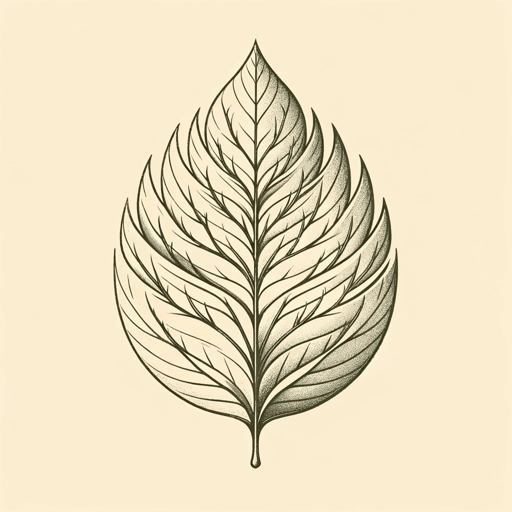44 pages • 1 hour read
Katherine MayWintering: The Power of Rest and Retreat in Difficult Times
Nonfiction | Autobiography / Memoir | Adult | Published in 2020A modern alternative to SparkNotes and CliffsNotes, SuperSummary offers high-quality Study Guides with detailed chapter summaries and analysis of major themes, characters, and more.
Symbols & Motifs
Hibernation
Hibernation, the process in which animals sleep and retreat for winter, is a key motif in May’s novel. While this period of apparent stasis and recuperation during the harshest time of year is considered natural and even inevitable in the animal world, it is little-understood in the industrialized human sphere. By introducing the reader to a hibernating dormouse, May brings nuance to her discussion of this state. With the sleeping walnut-sized dormouse in her palm, May observes that it is “surprisingly cold, but also soft and slightly squishy,” and that “you couldn’t mistake it for dead. It is in the deepest of sleeps, drowsing until the summer” (90). The sensory contrast of a corpse-like cold with a lively softness is surprising and continues the book’s dominant idea that wintry coldness is a time of great vulnerability. That the dormouse is definitively asleep and not dead underscores May’s argument that vital processes occur in states of rest and recuperation. From Hazel Ryan, May learns that a dormouse’s hibernation patterns are tailored to the severity of the winter, as they ensure that the animal has accumulated enough body fat to survive and that it wakes up every ten days to bring its metabolism up to speed.

